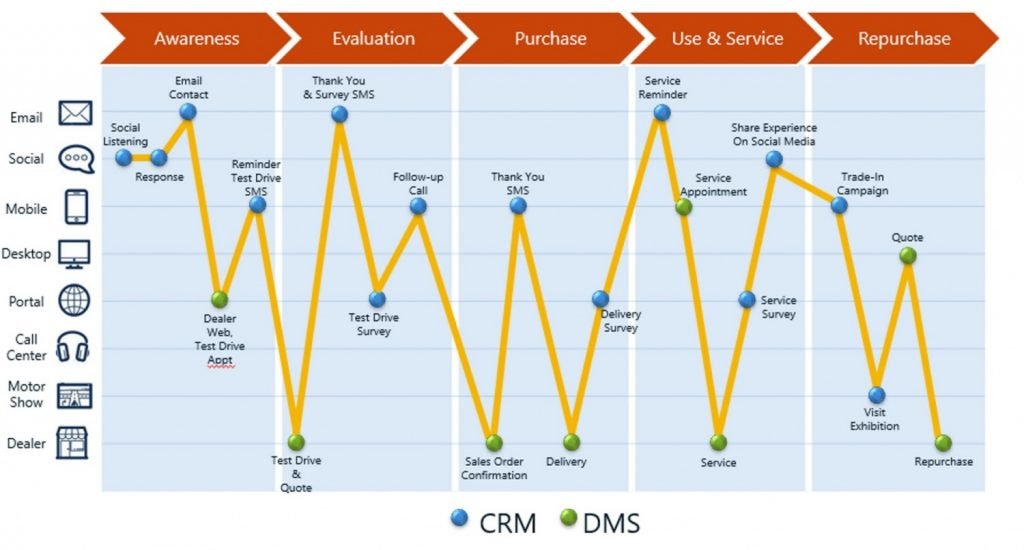Indicators on Kollective Automotive Group You Need To Know
Indicators on Kollective Automotive Group You Need To Know
Blog Article
Getting The Kollective Automotive Group To Work
Table of ContentsThe Ultimate Guide To Kollective Automotive GroupThe 8-Minute Rule for Kollective Automotive GroupSome Ideas on Kollective Automotive Group You Should KnowSee This Report on Kollective Automotive GroupThe Ultimate Guide To Kollective Automotive Group
Frequent repair work, as a result of extreme road conditions and serious weather, in addition to daily wear-and-tear often speed up that decrease. In enhancement, better-equipped, more powerful variations of the same cars consistently replace less efficient, older models. It is part-and-parcel of a much larger business cycle, which has actually affected the training course of the residential auto industry for more than a century.
Both events agreed from the beginning that the automotive company was like no various other domestic industry to date. Some significant car manufacturers and representatives strongly recommended taking on the organization model initially developed by Montgomery Ward and Sears & Roebuck in the 1880s. Their growing mail order business had offered both those sellers quite well.
mail. Those suppliers preferring that specific business approach suggested that the residential auto industry may intend to develop a similar design that would make sure high returns with just a reasonable amount of investment upfront. Some even presumed regarding suggest that producers could consider delivering their new cars and trucks in particularly marked packages to proprietors that would certainly then assemble them in the benefit of their home.
Kollective Automotive Group Things To Know Before You Get This
Nevertheless, most of car manufacturers assumed that concept was highly not practical. For this mail order concept to function at all, it would certainly need a less hands-on service approach for the buying public. https://bom.so/Kollective-Automotive-Group-solutions. Its advocates recommended that cars and truck buyers need to order totally put together cars via special catalogues
If that continued forever that would adversely impact the high quality of the automobile created there, which subsequently would certainly cause reduced brand-new automobile sales. That need to not occur. Auto fixings stood for one more critical issue requiring their attention. Particularly, would the representative liable for positioning the brand-new vehicle orders also take care of upkeep concerns, or would that individual simply refer the automobile owner to separately operated regional garages for their solution requirements? On top of that, the length of time would certainly balance vehicle repairs take, and how would certainly the proprietor pay for them? In a comparable vein, would the owner be monetarily in charge of practically all repair work made on his or hers lorry, or would the cars and truck manufacturers supply some kind of restricted warrantee-related protection? Lastly, that would certainly take care of new vehicle warranty details if suppliers should decide to provide some security? Auto makers needed to attend to these concerns and more first before taking on any kind of irreversible organization model to adhere to.
Nonetheless, they firmly thought that any type of problems that might create might be settled quickly. Critics of that plan were not so sure. Nobody argued that the sheer size of this task befitted the vehicle market ahead up with a possible, brand-new way of marketing and servicing its lorries.
Examine This Report about Kollective Automotive Group
Where they varied was not whether they should create a useful organization plan? That was a provided. The question encountering them was what was the best means for them to achieve that objective? Eventually, automotive specialists extremely favored the regional supplier version over mail order solution. It was more reliable and faster than the U.S - bill berardino.
Those sustaining the car dealership version additionally competed that representatives ought to play a clear-cut duty in any-and-all major decisions. Their specific organization duties should encompass far more than offering as intermediaries in between the manufacturing facility and purchasers. At the turn of the 20th century, ingenious leaders in the field strongly recommended that any future company link between domestic vehicle manufacturers and their dealers ought to be both fair and honest, with neither group entirely controling the various other.
The Buzz on Kollective Automotive Group

No sooner were these business concepts adopted before a brand-new, similarly confusing problem surfaced (kollective group). As early as 1922, movie critics noted an expanding disparity in between the wish of regional dealers to give their customers with the very best possible, least expensive expense fixing solution vs. the similarly pressing requirement to make respectable earnings on the job done in their particular shops
Being a new industry, battling dealers had few organization precedents to draw upon pertaining to how effective, successful outlets should run - https://trello.com/w/kollectiveag/members. They were entirely on their-own. Wishing to do right by their automobile owners as a way of building up repeat service promptly led many distributors to undercharge for expensive fixing job
Indicators on Kollective Automotive Group You Should Know
They micromanaged virtually every business aspect of their dealers by asserted that they, and not their representatives, had assumed the bulk of the financial burden corresponded with operating such a venture - luxury car maintenance tips. Consequently, it appeared perfectly rational for the producer, not the dealership, to make click over here now most of organization choices affecting the future of their procedures.
Fairness in service techniques apart, the majority of auto manufacturers revealed little bit, if any kind of, regret when it pertained to imposing extreme requirements and regulations on their many outlets. The term dealership in its most strict feeling indicated handler, not policy maker, and most domestic auto makers followed that line of believing to what they believed was its rational final thought.
Produces warranted their meddling in the daily events of their dealerships by asserting that they alone were the very best qualified to take care of such matters, which they, intuitively understood, what was finest for their organization. Regrettably, that tough organization line, instituted at the time of the First World War, did not soften a lot with time.
Report this page